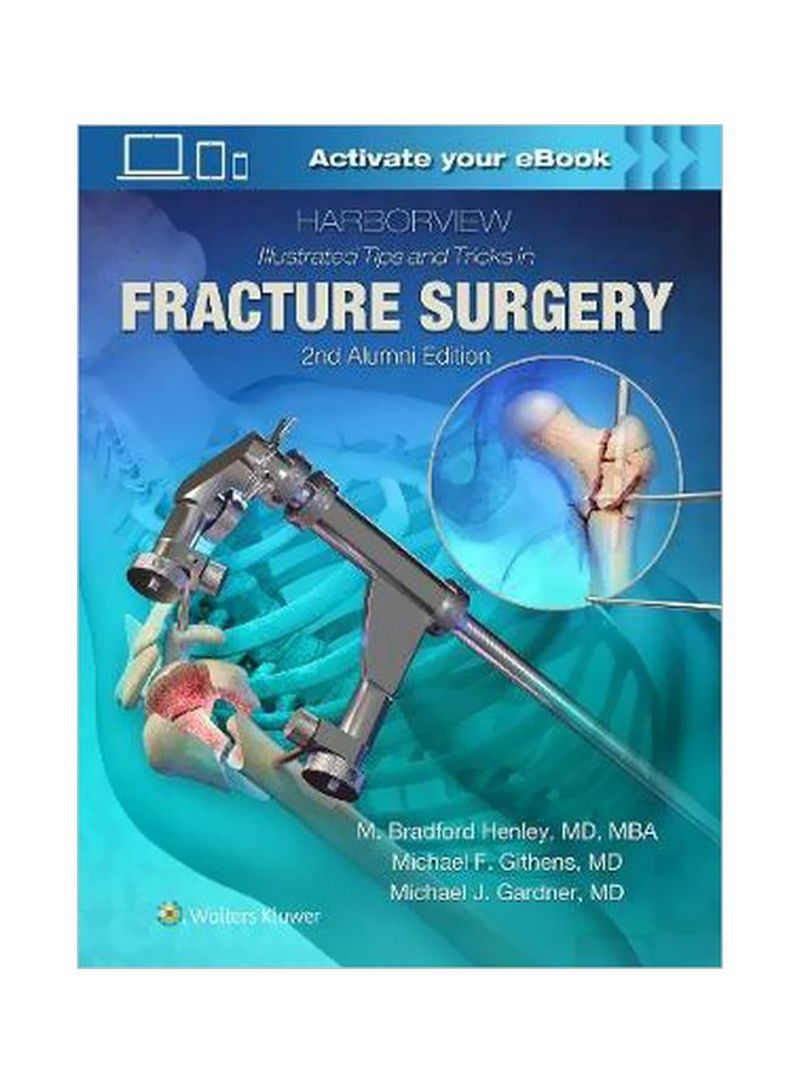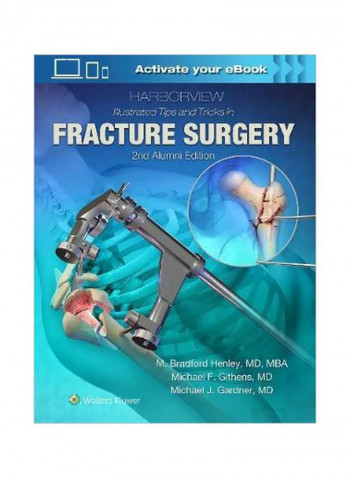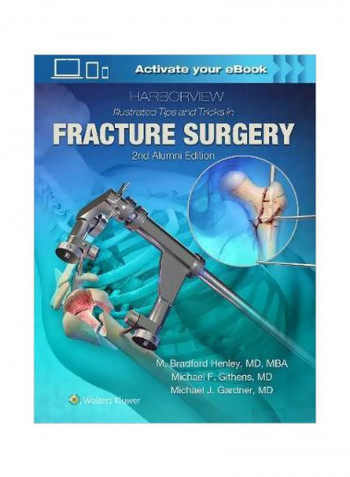Harborview Illustrated Tips And Tricks In Fracture Surgery Hardcover 2
Recommend
Sort by
Rating
Date
Specifications
Author 1
M. Henley
Book Description
In this significantly expanded "Alumni" edition, graduates of the Orthopaedic Trauma program at the University of Washington's renowned Harborview Medical Center provide succinct and novel tips and tricks gleaned from their years of professional practice. Focusing specifically on the technical aspects of fracture treatment, Harborview Illustrated Tips and Tricks in Fracture Surgery, Second Edition takes a unique issue/solution approach, offering up-to-date guidance you can apply quickly to a care situation with the full trauma team. New chapters touch on fractures of the femur, hardware removal, and navicular and cuboid fractures. Expanded with significantly more tips than the previous edition-all contributed by graduates of Harborview's Orthopaedic Trauma Fellow program. Features to-the-point instructions on the latest techniques to treat fractures of the neck, arm, wrist, ankle, foot, knee, and leg in a fast-paced trauma setting. Chock full of tables and annotated illustrations for a visual context to techniques and the underlying anatomy. Concise bulleted format and standardized organizational structure help you grasp critical material quickly. Topics cover required instruments, optimal patient positioning, imaging, hardware and implants, fixing and setting, and fracture reduction. Perfect for orthopaedic surgeons, trauma surgeons, and orthopaedic surgery residents learning to treat patients in a trauma setting. Enhance Your eBook Reading Experience Read directly on your preferred device(s), such as computer, tablet, or smartphone. Easily convert to audiobook, powering your content with natural language text-to-speech.
ISBN-10
1496355989
Language
English
Publisher
Lippincott Williams and Wilkins
Publication Date
4 July 2018
Number of Pages
744
Edition Number
2
Editorial Review
The purpose is to present a step-by-step description of adult fracture surgery with tips and tricks practiced by the Harborview Medical Center and its alumni trauma fellows over a 40-year period. Eleven sections cover most anatomical sites, excluding the spine, in great technical detail. The concise bullet format is used effectively to get specific points across. Separate emphasis is placed on patient positioning, limb alignment, open fracture management, compartment syndrome, external fixation and distraction techniques, and so on. Case examples are supported by intraoperative photographs, radiographs, and illustrations that dominate every chapter. Each chapter is divided into the main headings of sterile instrument/equipment, patient positioning, surgical approach, and tips. The handling of postoperative complications for some injuries is discussed, such as non-unions of femoral neck fractures. One of the several useful tips is shown in figure 3-3: a photograph of a limb debridement pan for open extremity wounds is of superior design. Not specifically covered in this book are indications and contradictions for surgery; nonoperative vs. operative choices. The Harborview Orthopaedic Trauma group and its alumni of fellowship-trained trauma surgeons have undertaken this intense work with great affection and pride. The authors and their scores of alumni traumatologists have elevated the standard of orthopedic trauma management to levels not seen in the past to the benefit of patients. This book is highly recommended to all orthopedic trauma surgeons and their trainees. Also, all medical libraries are strongly advised to acquire this book. Weighted Numerical Score: 90 - 4 Stars! Doodys Publishers' Club, July 2018



